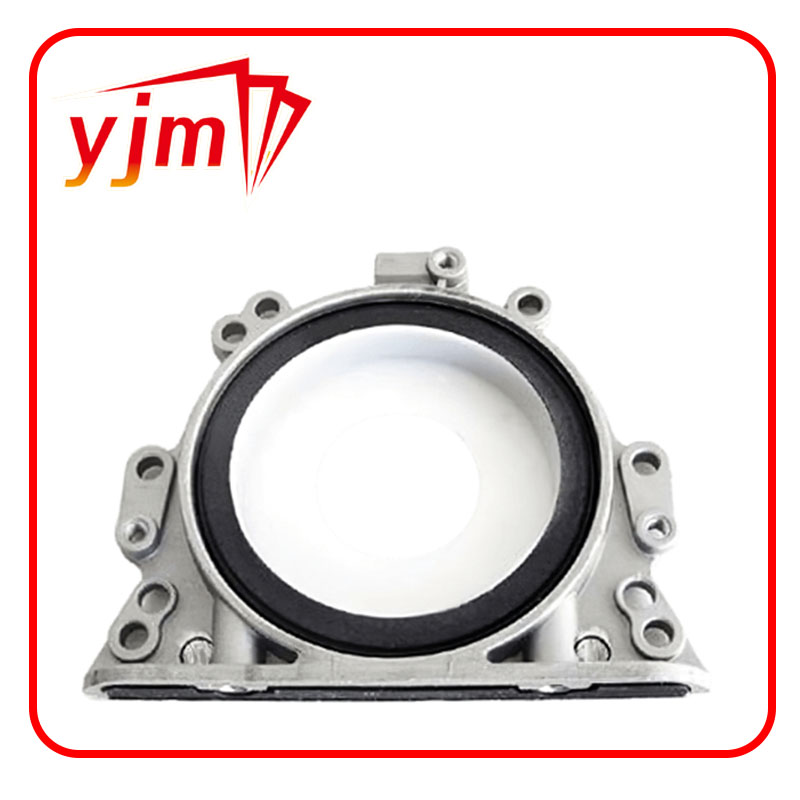Replacement Options for B Series Engine Oil Pan Gaskets Available Today
Understanding the B-Series Oil Pan Gasket Importance, Replacement, and Maintenance
The B-series engine has a reputation for its durability and reliability, often found in various vehicles, particularly within the automotive community. One critical component that ensures the proper functioning of these engines is the oil pan gasket. This article delves into the importance of the B-series oil pan gasket, signs that it needs replacement, and tips for maintenance.
The Importance of the Oil Pan Gasket
The oil pan gasket serves as a crucial seal between the engine block and the oil pan. This gasket prevents engine oil from leaking out and maintains the necessary pressure within the lubrication system. Proper lubrication is vital for minimizing friction between moving parts and ensuring the engine operates smoothly. Without an effective oil pan gasket, high-pressure oil can escape, leading to low oil levels, which can cause severe engine damage over time.
A functioning oil pan gasket also prevents contaminants from entering the oil system, which can compromise the oil's effectiveness and formation of sludge. Maintaining the integrity of this gasket is essential for the longevity of any B-series engine.
Signs that the Gasket Needs Replacement
Identifying problems with the oil pan gasket early can save time, money, and prevent further engine issues. Here are some common signs that the gasket may need replacement
1. Oil Leaks The most obvious sign of a failing oil pan gasket is the presence of oil leaks. If you notice oil pooling under your vehicle or spots on your driveway, it is important to inspect the area around the oil pan for leaks.
2. Oil Level Drops Regularly checking your engine oil level is crucial. If you find that you need to top up your oil more frequently, it may indicate a leak caused by a failing gasket.
3. Engine Performance Issues Low oil levels can lead to reduced engine performance. If you notice unusual noises from the engine or a significant drop in power, it may be time to check the oil pan gasket.
4. Increased Engine Temperature Insufficient lubrication because of oil loss can lead to higher engine temperatures. If your vehicle’s temperature gauge is showing higher than normal readings, it could be a sign of inadequate oil flow due to a leaking gasket.
b series oil pan gasket

Replacement Process
Replacing the oil pan gasket is a task that can be undertaken by someone with moderate mechanical skills
. Here are the general steps involved in the replacement process1. Drain the Oil Start by draining the engine oil to avoid spills and ensuring a clean work area.
2. Remove the Oil Pan Unscrew the bolts securing the oil pan to the engine block. Carefully remove the pan, taking care not to damage other components.
3. Clean the Surfaces Once the oil pan is off, clean both the oil pan and the engine block surfaces thoroughly to remove old gasket material and oil.
4. Install the New Gasket Place the new oil pan gasket onto the engine block and ensure it is properly aligned. Then, reattach the oil pan and secure it with bolts.
5. Refill the Oil After everything is sealed and tightened, refill the engine with the proper amount of oil and run the engine to check for leaks.
Maintenance Tips
To prolong the life of your B-series oil pan gasket, consider the following maintenance tips
- Regularly check your oil level and quality. - Listen for any unusual engine noises or performance issues. - Schedule routine maintenance checks to identify potential leaks before they become significant problems.
In conclusion, the B-series oil pan gasket is a vital component for engine health. Awareness of its importance, recognizing signs of wear, and practicing good maintenance can enhance the performance and lifespan of your vehicle's engine.
-
Understanding the Front Main Engine Seal: Purpose, Maintenance, and Installation
News Jul.29,2025
-
Understanding O-Rings and Seal Rings: Types, Applications, and Custom Solutions
News Jul.29,2025
-
Understanding Crankshaft Oil Seals: Rear Seals, Pulley Seals, and Their Role in Engine Integrity
News Jul.29,2025
-
The Importance of Front and Rear Crankshaft Seals in Engine Performance and Oil Management
News Jul.29,2025
-
Crank Oil Seals: Functions, Types, and Cost Considerations in Engine Maintenance
News Jul.29,2025
-
A Comprehensive Guide to O-Rings and Seals: Types, Materials, and Global Applications
News Jul.29,2025
-
Mastering Diesel and Performance Engine Maintenance: A Guide to Critical Oil Gaskets
News Jul.28,2025
Products categories















